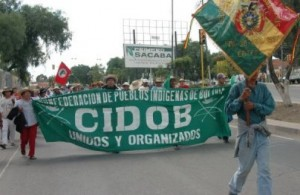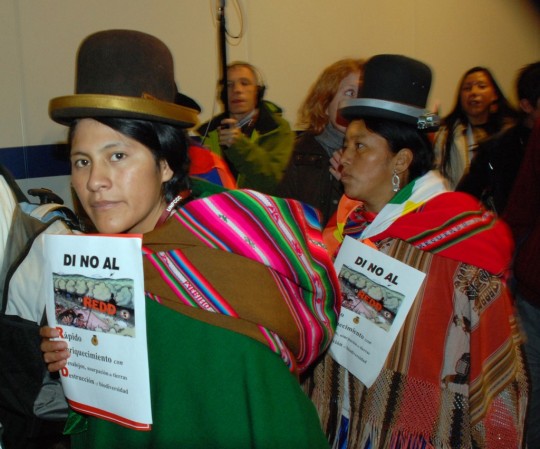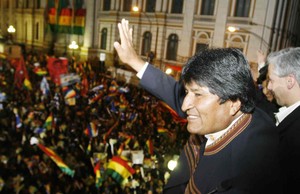Feb 25
20120
The International Campaign to Destabilize Bolivia, The International Campaign to Destabilize Venezuela
Bolivia Chavez CIA Cuba Destabilization Equador Morales Nicaragua OTI USAID Venezuela
US Subverting Latin America: Bolivia and Venezuela Top Targets of Financially Backed Myriad of NGOs
Map Source: http://combatingglobalization.com/
November 6, 2011
Nil NIKANDROV
Strategic-Culture.org
US President John Kennedy Established USAID – the United States Agency for International Development – in November, 1962as an organization charged with an essentially humanitarian mission of providing economic and other support to struggling countries around the world. The agency’s stated goals therefore include conflict prevention, the expansion of democracy, humanitarian assistance, and human resources training, but the truth which is not deeply hidden is that the USAID activities tend to be tightly interwoven with those of the US Department of State, the CIA, and the Pentagon.
In Latin America, any illusions concerning the agenda behind USAID interventions proved to be short-living. A string of unmaskings of FBI and CIA agents who operated under the USAID cover were so fabulous that the actual character of the agency became impossible to conceal.Nevertheless, the USAID activity clearly got a boost over the first decade of the XXI century… In Haiti, for example, CIA operatives hosted by USAID coordinated and backed financially myriads of NGOs that in 2003-2004 were instrumental in toppling president Jean-Bertrand Aristide. For several days protesters in Haiti vandalized city streets, attacked government institutions, and showered Aristide with allegations of corruption and complicity in the drug business. A curious brand of rebels dressed in US military uniforms entered the stage shortly thereafter and occupied most of the country, eventually laying siege to its capital and the presidential palace. Aristide was arrested by US marines, taken to the airport, and – with no formalities like a court procedure – flown to South Africa. The warning issued to the displaced country leader in the process was that attempts to escape would earn him yet bigger trouble.
USAID also played the key role in organizing the June, 2009 coup in Honduras, where CIA agents under the USAID guise similarly guided and sponsored puppet NGO escapades, spread the myth of Honduran president M. Zelaya’s and Venezuelan leader H. Chavez’s joint communist conspiracy, and commanded the country’s army officers. The coup culminated in the arrest of Zelaya who, like Aristide, was forcibly taken to another country – Costa Rica in this case – and threatened that re-entering his home country would be lethal. As a result, Washington was happy about the resulting termination of Honduras’ drift towards the Latin American populist camp, the media pretended to stay unaware of the terrorist war on Zelaya’s supporters unleashed by the butchers marshaled by Honduran “de facto” new president R. Micheletti, and the USAID/CIA operatives who engineered the coup got their bonuses and promotions.
There is ample evidence that USAID is used extensively as a tool for inciting color revolutions and revolts in defiant countries across the Western hemisphere, especially in Cuba, Venezuela, Ecuador, Bolivia, and Nicaragua…As for Cuba, USAID has been pulling off secret operations there for decades, but most of the agencies efforts aimed at planting in the country “independent” media and “alternative” political organizations in the form of trade unions or protest groups were remarkably unsuccessful. Cuba’s counter-espionage agency must be credited with enviable efficiency, while infighting occasionally erupts in the ranks of the opponents of the Cuban regime over the money poured in by the US. The permanent impression is that a considerable portion of the US funding supposed to help bring “democracy” to Cuba simply ends up in the pockets of CIA operatives and their local protégées. When leader of the Cuban opposition movement known as Ladies in White Laura Pollan died of natural causes recently, her co-workers initiated an inquiry into the group’s finances and discovered the disappearance of tens of thousands of dollars. USAID promptly hushed up the scandal, which was just one in a series of likewise incidents. The tendency for millions of dollars contributed by Washington to the anti-regime cause in Cuba to evaporate is widely attributed to the Cuban counter-espionage agency’s ability to cunningly divert USAID funds to its own needs. →











